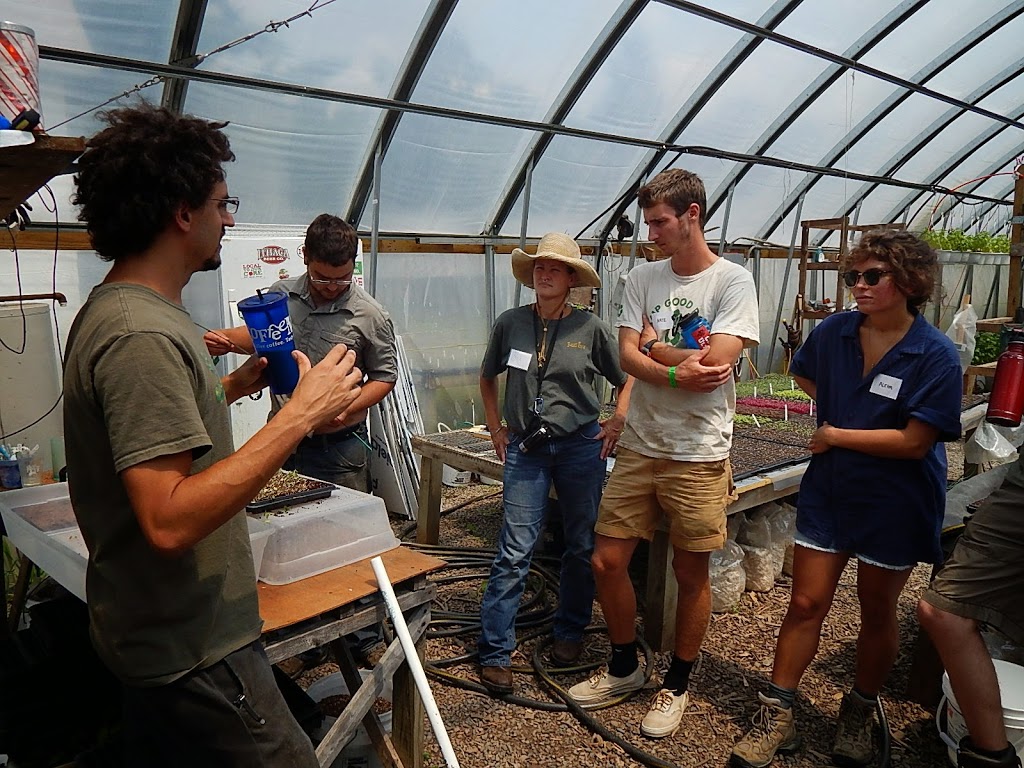Finger Lakes CRAFT Farm Profile: Main Street Farms
Address: 116 North West Street, Homer, NY
Phone: (607) 218-2101
E-mail: info@mainstreetfarms.com
Allan is a former high school teacher whose passion for food and agriculture led him to end his career as a teacher and start Main Street Farms. He holds two degrees from SUNY New Paltz; a B.A. in Anthrolopoly and an M.A. in Secondary Education. He also holds a certificate in Sustainable Agriculture from Groundswell Center for Local Food & Farming.
Before coming to work at Main Street Farms, Bob Cat spent 5 years as an Outdoor Educator working for Natures Classroom all over New England. He holds a B.A. in Communication from SUNY New Paltz and has a cetrificate in Sustainable Agriculture from Groundswell Center For Local Food and Farming in Ithaca. Bob Cat has also spent time WWOOFing in Australia and Costa Rica.
Main Street Farms is an urban aquaponics farm, organic plant nursery, and education center, located in Homer, NY. We are dedicated to sustainable agriculture and local food security. We grow in both water and dirt, utilizing aquaponics techniques (aquaculture plus hydroponics) to raise tilapia in tanks. We feed them and use the waste water to fertilize the plants (lettuce and herbs). The plants in turn clean the water for the fish in a closed loop cycle, creating a symbiotic relationship. We have a wide assortment of sheds and barns to house sheep, horses, hay, and equipment. They are all simple pole barns.
In 2013 we acquired an amazing 1.5 acre empty city lot in a low income neighborhood in Cortland, which we have converted into the city’s first urban farm. The farm is located on South Ave., and is a pickup location for CSA shares in the 2014 season.
WORDS OF WISDOM FOR A THE BEGINNING FARMER?

